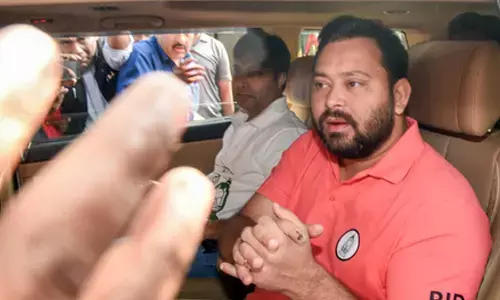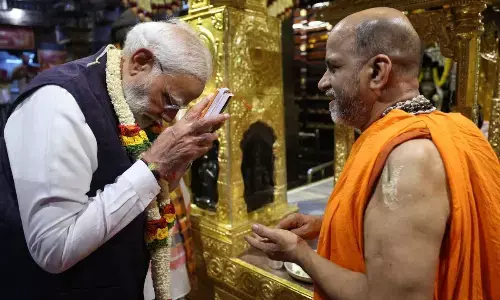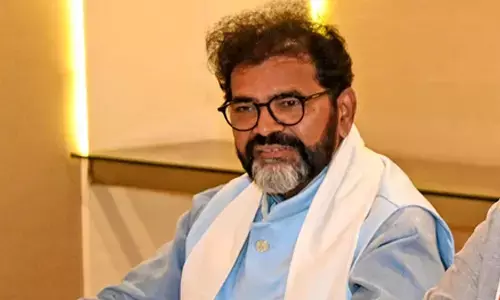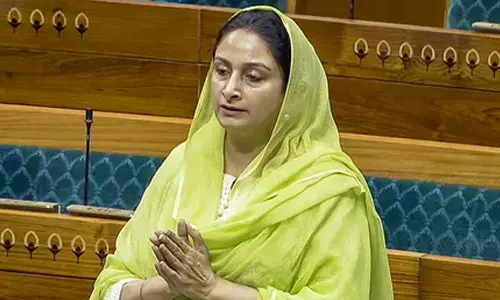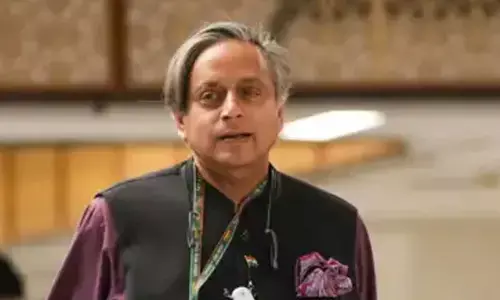Ahead of State polls, focus back on farm sector
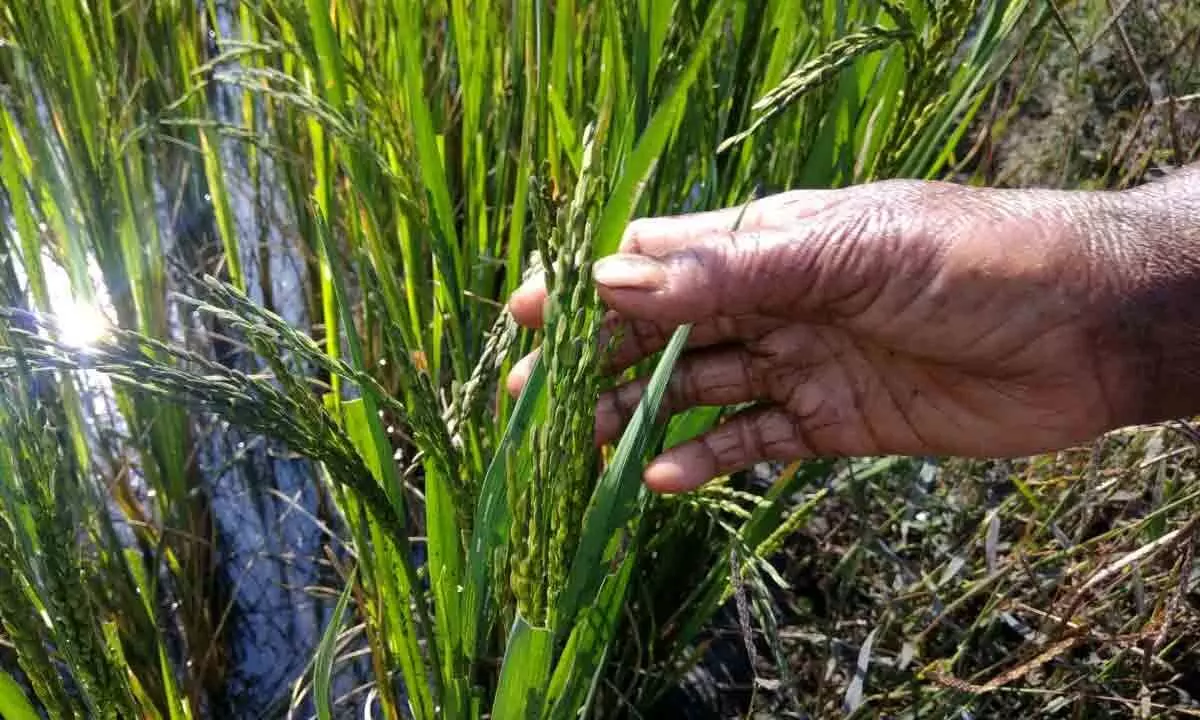
Undoubtedly, India is a global agricultural powerhouse, as World Bank hails, particularly in terms of production (milk, pulses, and spices) as well as acreage.
Undoubtedly, India is a global agricultural powerhouse, as World Bank hails, particularly in terms of production (milk, pulses, and spices) as well as acreage. It is the second largest producer of rice, wheat, cotton, sugarcane, farmed fish, sheep and goat meat, fruit, vegetables and tea. India’s story of transformation from a starving nation to self-sufficiency in foodgrain production by way of Green Revolution in 1970s is illustrious. Agriculture has become the largest provider of employment in India. Yet, the sector is in throes of crisis, and contributes the lowest to the GDP. Though agrarian distress is a global phenomenon, it is more hurting in the Indian context due to small agricultural holdings, lack of access to credit and farm inputs, low yields and, not in the least, volatile markets. Some 11,290 farmers killed themselves due to distress last year, according to National Crime Records Bureau (NCRB). The tragic figure is rising by the year.
In two decades since Green Revolution, the share of agriculture in India’s GDP shot up above 35 per cent. Sadly, since the 90s, the rapid growth in industrial and service sectors was accompanied by steady decline in the agriculture GDP to around 18 per cent before the pandemic outbreak. India’s GDP growth slowed to 15-month low of 6.7% in April-June quarter. Poor performance by agriculture sector is cited as one of reasons. In this context, one wonders whatever happened to the Narendra Modi government’s promise of doubling the real incomes of farmers between 2015 and 2022. The issue rarely figures in public discourse these days. Studies show that agriculture growth has shown a long-term decline since 2010s.
In March, the Karnataka government moved the Supreme Court against the Central government for denying financial assistance for drought management from National Disaster Response Fund (NDRF) in the State.
As recently as Monday, the Supreme Court constituted an expert committee to amicably resolve the grievances of farmers protesting at Shambhu on the Punjab-Haryana border. The same day, the Union Cabinet took several steps to bolster the agriculture sector, approving a total of around Rs 14,000 crore for various initiatives aimed at enhancing farmers’ welfare. It sanctioned seven major projects focusing on digital agriculture, food security, education, and sustainable farming. The measure comes ahead of Assembly elections for Haryana and J&K. Maharashtra and Jharkhand will also go to polls this year.
In the Union Budget 2024-25, ₹ 1.52 lakh crore outlay was allocated for agriculture and allied sectors. The government promised several measures such as Digital Public Infrastructure, ‘Atmanirbharta’ for oil seeds, large-scale clusters for vegetable production etc. The measures follow a surge in food inflation which hit a six-month high of 9.4% in June, pushing up retail inflation to a four-month high of 5.08% in June.
As per the latest announcement, the Centre will spend around Rs 2,800 crore on digital initiatives, while Rs 3,979 crore will be invested in R&D for food and nutritional security. The rest is allocated for agricultural education and management, horticulture, livestock health management, Krishi Vigyan Kendras, and natural resources management.
The governments must address why farmers are desperately knocking on the doors of banks for credit and pleading for quality seeds and affordable fertilisers.
The less said the better about the percolation of crop insurance benefits for the farmers. A majority of India’s poor, as much as 70 per cent, are living in rural areas. Increase in production as well as productivity can only raise the incomes of farmers. There is also a need for similar growth in non-farm activities to reduce rural joblessness.








